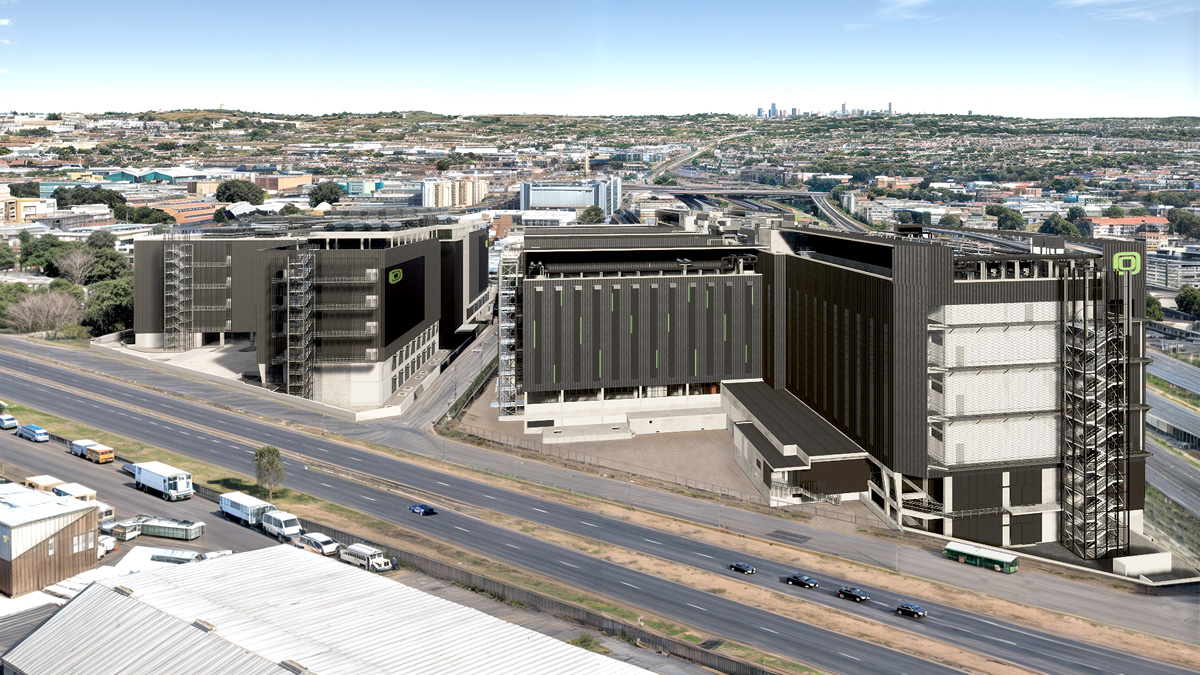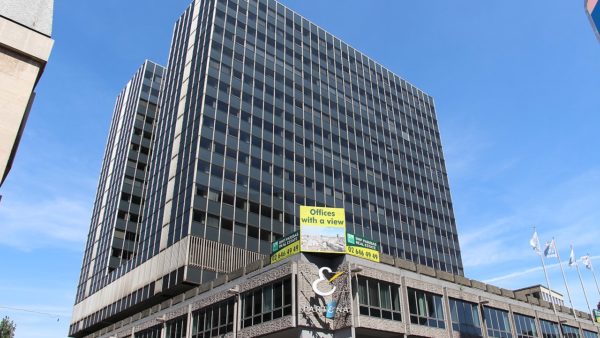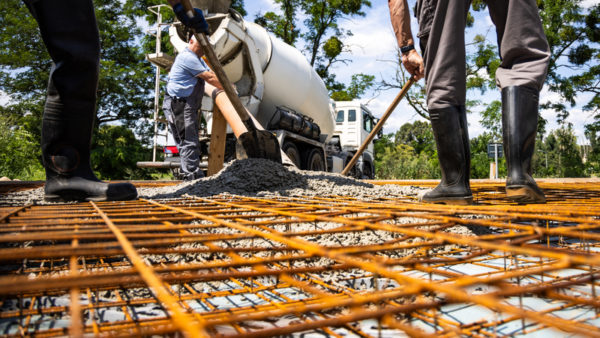
A snapshot of the global data-centre construction market reveals rising costs and unease over the construction supply chain’s ability to meet soaring demand.
The vulnerabilities are both human and systemic.
83% of experts surveyed don’t believe supply chains can adequately deliver the advanced liquid-cooling systems AI data centres need – as opposed to the air-cooling systems in traditional cloud computing data centres.
And the single biggest barrier to delivering data centres on schedule is a lack of places to plug them into, as AI competes with everything else for access to energy grids. 48% of experts surveyed picked this as the top challenge.
These are the headline findings of Turner & Townsend’s annual survey of data centre costs, released today.
280 experts polled
To compile its report, Turner & Townsend used data captured from around 300 live or recent projects in some 20 countries. The company also polled around 280 experts in the data centre sector online.
The report analysed capital costs under seven headings: 1) shell and core; 2) architectural fit-out and finishes; 3) mechanical and electrical fit-out; 4) general contractor preliminaries; 5) general contractor margin; 6) general contractor contingency; 7) and mechanical and electrical equipment.
Averaged globally, cost inflation for traditional data centres is 5.5% for 2025. That’s down from 9% last year, reflecting the sector’s success in tooling up fast, but Turner & Townsend says high demand continues to raise prices.
But the company calculates an extra 7-10% average cost premium when it comes to the higher-density, liquid-cooled data centres needed for an AI workload.
Expert sentiment bears this out, with 60% of respondents saying they expect AI data-centre construction costs to increase by 5-15% in 2026, and a hard core of 21% believing inflation will exceed 15%.
Lack of expertise
Mechanical and electrical systems are what differentiate traditional and AI data centres and, here, the outlook is bleak.
When looking at cooling expertise specifically, only 17% of those surveyed took the sunny view that the construction supply chain was well or fully prepared to meet demand.
Of the 83% of naysayers, 47% believed bottlenecks were likely, and 31% raised questions about available expertise.
Turner & Townsend said clients must seriously plan their procurement to make sure they have the right relationships in place.
Lack of power
As for plugging the data centres in, across the world there is elevated demand for electricity for everything from new housing to advanced manufacturing.
“This is putting significant and increasing strain on grids to decide which connections to prioritise, especially in several key markets for data centres like the US, UK and Europe,” Turner & Townsend said.
As an example, Northern Virginia has been one of the top US data centre construction hubs but now faces a shortage of immediately available power.
As a result, developers are heading to North Carolina, with its tax incentives and energy availability. Microsoft, QTS, Compass have all recently invested in North or South Carolina, and Apple, already the largest data centre operator in the Charlotte metro area, named North Carolina as one of the focuses of its new $500m round of expansion.
In the UK, the government is trying to reform the planning system to accelerate new electricity infrastructure. It also instructed its National Energy Systems Operators to review the queuing process to clear the path for data centres, which are designated “Critical National Infrastructure”.
- Subscribe here to get stories about construction around the world in your inbox three times a week






